In SQL Server 2005 I am trying to query a varchar(MAX) column which has some rows with text data that exceed the 8192. Yet, In Management Studio I have under Tools --> Options --> Query Results --> Results to Text --> Max numbers of characters displayed in each column = 8192, which is a maximum. Accordingly, it seems the truncation on these rows occurs only due to the limitation imposed by text output.
The only thing I see to get around this is to use a SUBSTRING function to grab say the first 8000 chars, then the next 8000 chars etc. etc. But this is ugly and error prone.
I should mention that SSIS and BCP are not options for me.
Does anyone have a better suggestion? Thanks!

